The Art of Being a Successful Florist
Where most florists fall, Alison Ellis is an expert. She not only dominates the numbers, but teaches her peers how to be profitable “floralpreneurs”.
Alison Ellis owns the Floral Artistry studio in Vermont, United States. In addition, she teaches online courses for florists through her Real Flower Business page. His «The Art of Good Business» course departs this week. Do you want to be a successful florist? Keep reading.
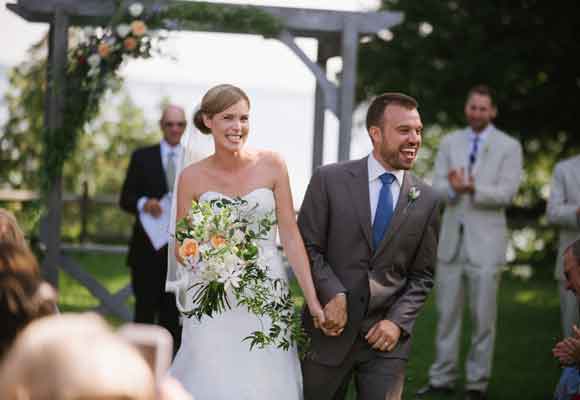
The Luxonomist: You have 22 years as a floral designer. When did you realize, flowers were your passion?
Alison Ellis: I took my very first floral design class when I was in 5th grade, and while that may sound a little too early in life to discover one’s passion, I do think that’s when the first seeds planted.
TL: Which have been your biggest challenges during your career as a florist?
AE: I think the main problem was starting out as a solo-business owner without a storefront. I always had to hustle and work a «real job» in addition to Floral Artistry just to pay the bills. The «off-season» or «booking season» is always challenging (still!). The time between having a fully booked wedding calendar and waiting/hoping for new inquiries for the following year is a test of endurance and faith that the right customers will come.
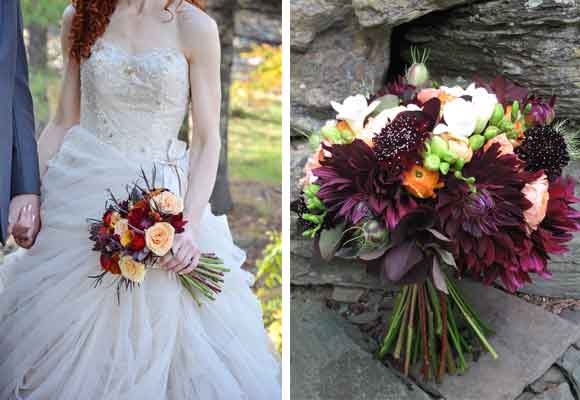
TL: When it comes to colors and flowers, which are your favorites today?
AE: I always love classic whites and greens with yellows and oranges. In truth, I love all the flowers. I have a lot of favorites, but ranunculus, astrantia, and scabiosa are a few standouts for me lately.
TL: Do trends -like Pantone colors of the year- influence your work?
AE: I think trends sometimes affect what I might do for a photo shoot or which weddings I might choose to feature on my blog or social media. But my work reflects what my customers want, so I am very much beholden to the style and taste that suits each couple.
TL: You use the word “real” in your posts, for floral design and floral business…
AE: I am all about being real. True with my customers, real with my peers, real with anyone who knows me. After 22 years in the industry, I see a lot of designers who have less than 2 or 3 years in the business and are very successful (or at least appear to be!). I think the idea of being «real» means that I want to be still standing years and years from now. I’m not focusing on short-term. I want to build a brand that lasts.
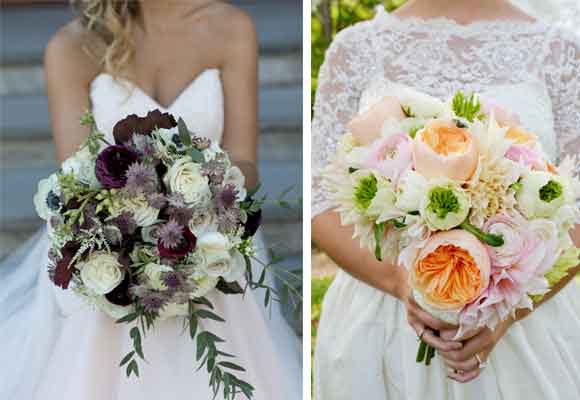
TL: Can you give me three examples of what breaks the myth around flower design?
AE: That it’s glamorous or «fun.» It can be very a lot of fun, but mostly it’s schlepping buckets, de-thorning roses and working hard to exceed the clients’ expectations. There’s a lot on the line when it comes to wedding designs. It’s a mix of both extreme pressure and creativity.
That anyone who loves flowers can do this job. You must be business minded in addition to being a talented designer. Florists who make beautiful designs, yet can’t turn a profit are a dangerous reality in this business.
What we do transcends «just flowers.» As floralpreneurs, we can always be better. We can always do more, learn more, share more, give more to our clients and create a super professional customer experience. I want my customers to be thrilled to work with me even when we’re just exchanging e-mails. Wedding work is about what happens before the marriage day as well.
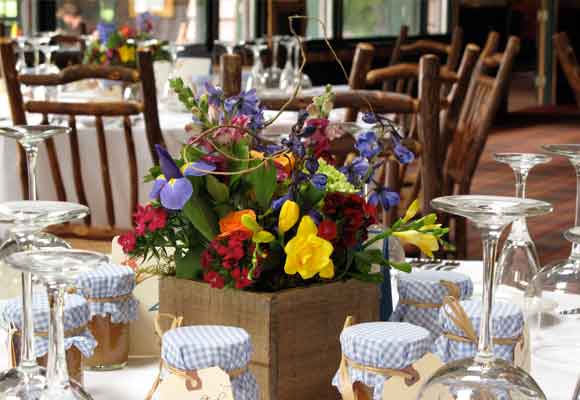
TL: Numbers is one of your specialties, which is not so usual in the artistic world. How was the process to become a profitable designer?
AE: I have always turned a profit in my business. Even when I was just starting out. The process was simple for me; I just did my pricing the same way I was taught by multiple flower shop owners, following the industry standards.
TL: You say that the flower shop model should be the same as the home studio model, with a 70% profit margin of flower portion on each sale. Why do you think there is so much fear to charge what you are delivering?
AE: I think the main reason people don’t charge what they’re worth is that they indeed were never taught the correct formulas! Many people seem to have some general ideas on markups. But the methods themselves, as well as how to put together a recipe, are the missing pieces. Florists second guess the value they provide, and in doing so, they tend to overfill cutting their profitability.
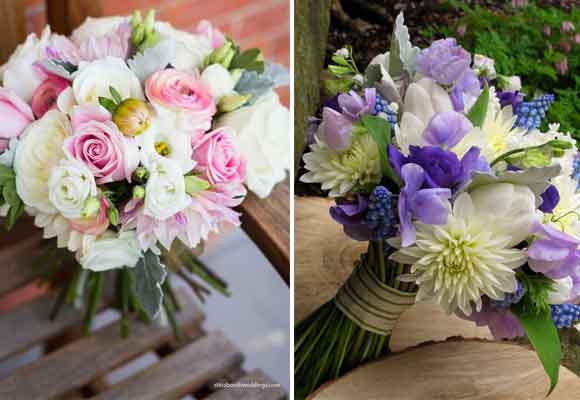
TL: The ideal client is not a dream for you. Which are the clues to draw their attention?
AE: Ideal clients are my real passion. Honing on who they are, what they like, how they think. These are fascinating parts of building a reputable brand. Everyone has their single ideal client, and ideal clients change as a business grows. But the most important way to attract an ideal client is first to identify him in life. Ideal clients are real people, so getting a clue as to what they care about in a larger sense (not just when it comes to flowers) is an important part of how you speak to them.
TL: The technology revolution seems a no-end story. Each day there is a new application, a new way to communicate or a new technique to master. Which is the best way to be updated?
AE: This is the biggest thorn in our sides as business owners. Just as we perfect one form of technology, we get another «newest and better» platform to contend with. I try my best to try new things and allow myself to be OK with it if it doesn’t work out. For a while, I was using Periscope for live broadcasts, and then Facebook started live streams, so I haven’t gone back to Periscope since. There are a lot of benefits to the technology revolution. We can reach our ideal clients by targeting them through ads like we’ve never could do before. The benefits do outweigh the hassle of learning new things!
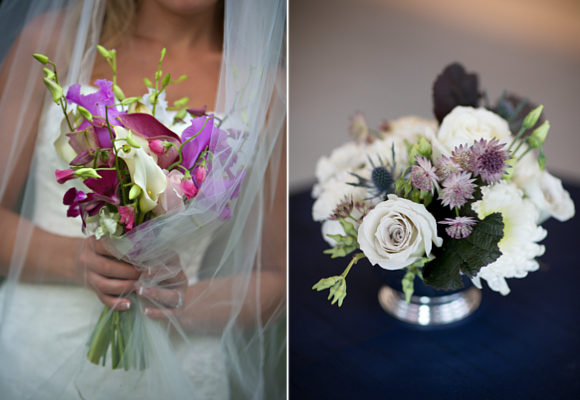
TL: You run your flower studio and a Facebook group for florists; you write on Flirty Fleurs ’ blog as well as your own; you give live conferences and online classes. Which would you say is the key to success?
AE: If I had the key to success I would have used it to unlock the mysteries of solo-business-ownership a long time ago! I know that hard work and an intense interest in improving is what drives me. I spend far more time paying attention to what I’m doing and where I’m headed, than what my competitors are doing. If there is one key, it’s practice.
TL: Your course “The Art of Good Business” is starting this week. Why a ‘floralpreneurs’ shouldn’t miss it?
AE: I am so excited for this new course. This is going to be my biggest class and because of that I am going to bring «floralpreneurs» even deeper behind the scenes of my business. I will share techniques and practices I’ve used to discover who my ideal clients are; how I can better speak to them via my website and social media; and how I choreograph a customer service experience that thrills them.
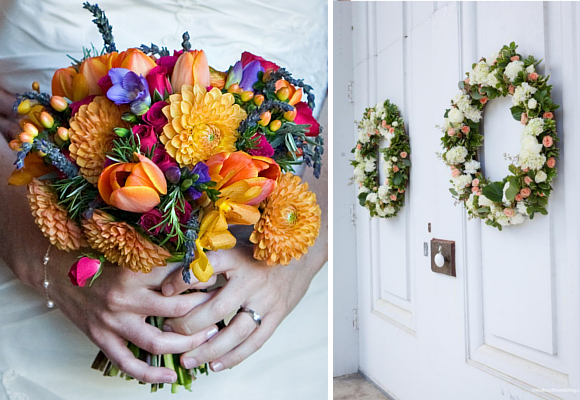
TL: How do you see the floral design industry now compared when you began?
AE: When I started in the floral industry, it was very cookie-cutter. It was pre-internet when wire services created these «easy to copy arrangements,» and flower shops relied on the wire services to bring in a bulk of the daily business. Today, there is so much more artistry in the floral industry. People want to push boundaries, not copy a design from a book. Floristry standards are on the rise, and our clients experience tremendous value in the beauty we create. You can get flowers just about anywhere these days (grocery stores, gas stations, etc.), but the artistry and customer service we provide is what sets us apart, and that’s the future of the floral design industry.
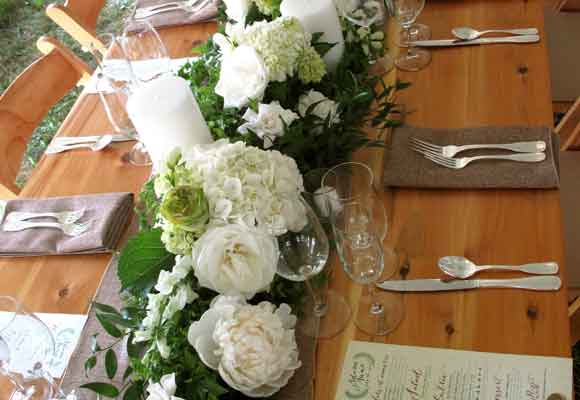
TL: Which projects are pending for the future?
AE: Believe it or not, I’m not a big planner. I created my first course, Flower Math, in November 2015. Then a friend suggested that I create e-mail templates for florists with my personal brand of customer service. After that new ideas just started popping up. I offer a lot of free education and will continue to do so through my blog, Facebook group, and e-mail newsletter. In January, I will also have a new free course on pricing and markups called Flower Boss 2. For now, I’m focused on «The Art of Good Business» and how I can provide off the charts value to the florists who are joining me on the course!
TL: Which is the best story you have as a florist?
AE: I think the best story right now as a florist is that my 2017 season is fully booked and I closed my calendar a few weeks ago. This is the first time in 15 years that I’ve had the ability to say «my season is booked» this far in advance. Who knows what next year will bring, but for now I’m proud of this accomplishment. Hard work and practice pay off in the long run, and I’m still running.
*Featured Image: Alison Ellis by Orchard Cove Photography *Follow Alison Ellis. Floral Artistry; Real Flower Business; Facebook, Instagram.
